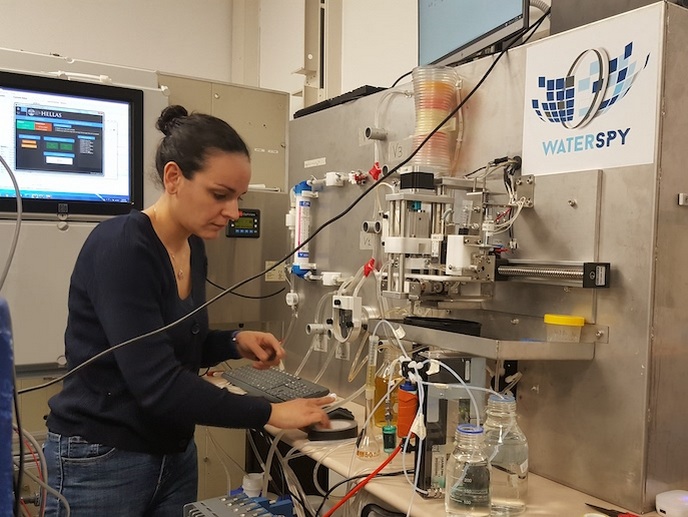Tapping into sophisticated and fast water quality monitoring
Monitoring water quality remains a huge challenge due to water use and environmental pressures(opens in new window). Water authorities rely heavily on frequent sampling and laboratory analysis to acquire the water quality monitoring data needed to detect environmental pollution. One survey(opens in new window) found that more than a third of the EU’s small supplies are not properly monitored or delivering drinking water that complies with all quality standards. Yet in the WHO European Region(opens in new window), diarrhoeal diseases due to waterborne infectious diseases, such as cholera and dysentery, cause an estimated 14 deaths daily. “WaterSpy has developed a revolutionary, compact and cost-effective device for pervasive water quality monitoring, using photonics(opens in new window) technology. It can be used for online field measurements and fully automates detection in drinking water of three important bacteria that are harmful to human health, namely Escherichia coli, Salmonella and Pseudomonas aeruginosa,” says Panayiotis Philimis, coordinator of the EU-funded WaterSpy project(opens in new window).
World’s fastest drinking water analysis
A full sample analysis of 100 ml of water may take up to 3 days using current laboratory analysis systems. The WaterSpy portable device takes no more than 7 hours to conduct an equivalent analysis, and is therefore less costly. It also complies with the latest EU drinking water regulations(opens in new window). Developed by the project’s 10 partners, the system harnesses several different technologies, including advanced lasers and photodetectors. Ultrasounds are also used to ensure the bacteria cluster together, boosting analysis detection and sensitivity. Photonics technology operating in the mid-infrared spectrum then measures the water sample’s bacteria numbers. WaterSpy’s ambitious goals obliged the team to overcome several obstacles, notes Philimis, managing director at the Cyprus Research and Innovation Centre(opens in new window) (CyRIC) in Cyprus, the project’s host. “Detecting a single bacterium in water samples, using mid-IR spectroscopy, is a huge challenge in itself. So we had to optimise all parts of the device to achieve this, whilst developing several special modules with lots of effort and experimentation.”
Field-tested water analysis technology
WaterSpy was extensively tested in the labs of partners in Austria, Germany and Italy, followed by a real-world demonstration at a water treatment plant near Genoa in Italy. “Unfortunately, the COVID-19 pandemic halted field tests in early February this year. However, we successfully confirmed the system’s capability to detect a single E. coli cell in a sample of 100 ml, as required by the regulations,” adds Philimis. “WaterSpy is a huge success story. How often do you see project results being marketed even before the project is finished?” says the coordinator, referring to the lasers module and balanced photodetector module. “Realistically speaking, some extra R&D work is required before we can market the system’s most novel parts, so we’ve started looking into specific funding and investment opportunities.” The project has a preliminary business plan for several WaterSpy modules, as well as for the complete device. Many WaterSpy results also have significant exploitation potential beyond water quality monitoring, such as the use of the developed WaterSpy modules and technology breakthroughs for animal or human health diagnostics.







